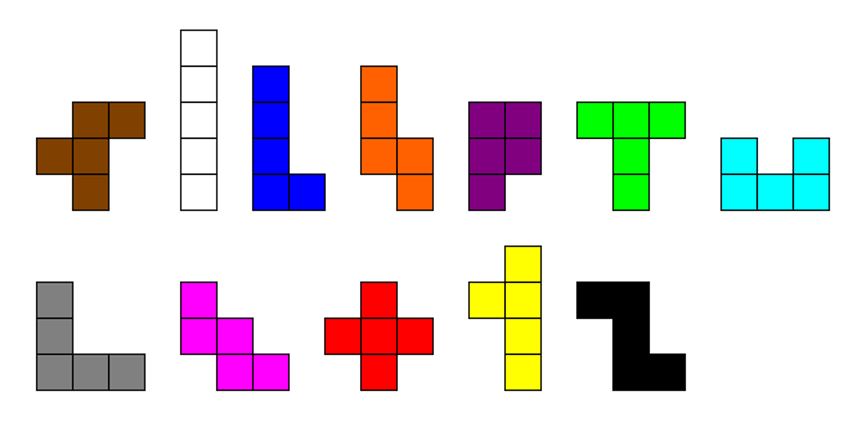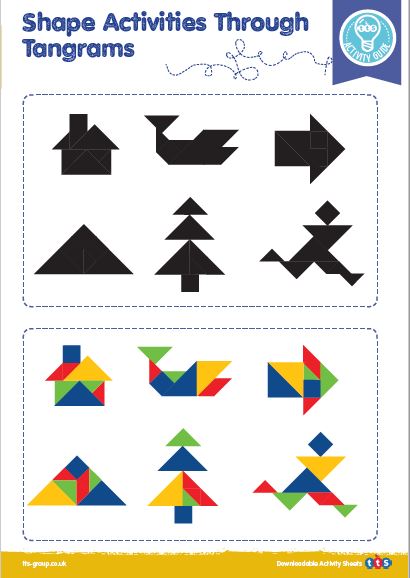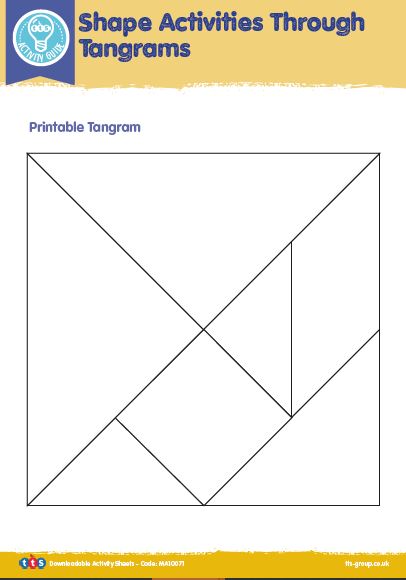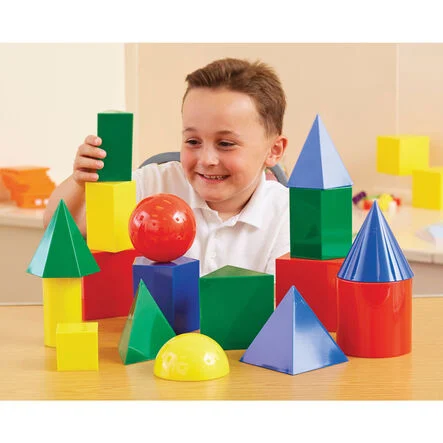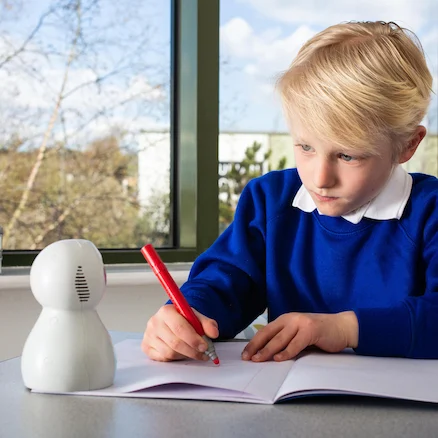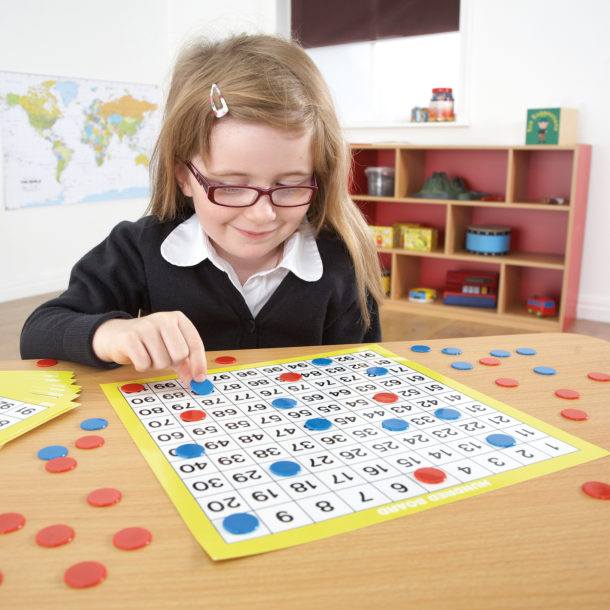Shape has a prominent part in the geometry strand of the new DfE Mathematics Guidance and is therefore seen as part of the most important knowledge and understanding children need to have in order to progress.
When learning about shape, children need ‘hands-on’ experiences. They need to be able to feel the properties of the shapes, the edges and the corners, and they need to be able to manipulate them and see what happens when they are turned this way and that. Without realising or knowing the vocabulary, they are being set up for future understanding of concepts such as rotation, translation and congruence.
Schools need to have plenty of good concrete resources so that all children can play and learn with them.
There are very many resources to choose from, but here we have picked out 5 of our best shape manipulatives to help make sure all elements are covered.
“The ability to compose and decompose shapes, and see shapes within shape, is a skill which runs through to key stage 3 and key stage 4, and beyond.” DfE 2020
Tangrams are ancient puzzles originating from China and consist of seven flat polygons or ‘tans’ – five triangles, a square and a parallelogram. They are an exciting resource to use with children of all ages, allowing them to learn about the properties of shapes and spatial relationships and develop problem-solving skills all whilst having fun.
These soft plastic Tangrams are wonderfully tactile. Children will enjoy putting them together to make new shapes, creating their own pictures and solving puzzles with them
Download our free Tangrams activity sheet, which includes activity ideas, six picture puzzles and a printable Tangram template.
Children need to recognise common shapes in a variety of orientations and sizes from very early on. This set includes 800 pieces with shapes in different colours and sizes. Use for all kinds of activities as well as assessment opportunities, such as:
- Choose 4 different triangles? Can you say why they are different?
- Choose 15 shapes and make pictures with them.
- Sort shapes by different properties – ones with 4 or more sides/ 3 sides/ a curved side etc.
- Choose a shape and see if you can find examples of it around the classroom or outdoors.
- Hide shapes for children to discover on a shape hunt. How many squares/circles/rectangles can they find?
It is important to have irregular shapes as well as regular ones. The idea of ‘plausible distractors’ stands out in the DfE guidance – shapes that are similar to regular ones, but have slight differences. These can be very useful to help children understand the differences and verbalise their reasoning about what are and are not regular shapes.
Here are a few ideas for using them:
- Ask children to –
Choose a shape that reminds them of a triangle, but is not one. Why is it like a triangle? What makes it different? Can they find a shape that is nothing like a triangle and say why?
“This is not a triangle because it has 4 sides.”
- Ask –
“Which shapes have a curved edge?” Each child to choose an example.
“Can you pick out an irregular hexagon?”
“I wonder if this shape is a rectangle. What do you think?”
(Holding up any shape) “Can you find a shape that is similar to this one?”
- These particular irregular shapes are squared, which means they can easily be used for estimating and working our areas too.
Children should be given lots of opportunities to explore and discuss 3D shapes. These particular ones are large, brightly coloured and very appealing. The correct vocabulary should be used as soon as possible; children are expected to use terms such as edges, faces, vertex and vertices from as early as year 2. Real examples are obviously more meaningful and memorable for children than pictures.
Here are a few suggestions:
- Lay out a selection of shapes. Can children pick out 3 different cuboids?
- Pull a 3D shape from a bag and ask children to describe it in terms of colour, edges, faces and vertices.
- Choose 3 shapes that stack. Which shapes will stack/will not stack easily and why?
- Take one of the 3D shapes and look for real items of that same shape around the classroom.
- Take a shape home and search for similar-shaped items perhaps with the help of an adult. Write or draw a list of examples to share back in school.
Children should be able to rearrange 3D shapes to match a given compound shape. Snap Cubes are a perfect resource for this kind of activity.
- Ask each child to make a shape from the same given number of cubes, e.g. 10. Show and compare their shapes. How many different shapes have they made? Were there any exact duplicates? Can children make copies of a friend’s shape?
- Try making Pentominoes. Ask children to find all the shapes that can be made with 5 cubes – there are 12 possibilities. Mirror images and rotations do not count.
